Deciding on what type of baby carrier to buy? This convenient little invention has revolutionised parenting for a number of reasons. Baby-wearing not only enables parents and caregivers to be able to do other tasks now that they have their hands-free, but it also allows for more close-up bonding time with their little ones. There are many types of baby carriers out on the market, one of them being the forward-facing baby carrier, which seems pretty beneficial, but is it safe for babies?
In this article, we’re going to unpack the different reasons why getting a forward-facing baby carrier is a good idea, the benefits it holds and other important details you need to know about using one.
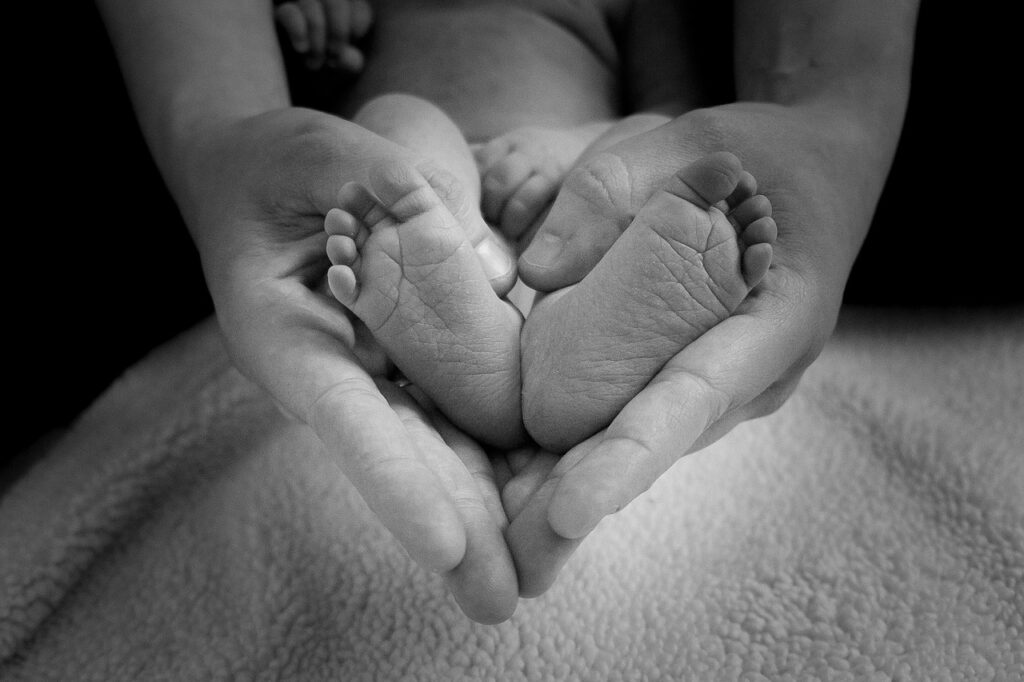
Why consider buying a forward-facing baby carrier?
As your baby’s brain develops, it’s important to provide them with a sufficient amount of stimulation – as they grow up, the stimulation they’re exposed to will play a role in how their personality and intelligence develop. They may have an attachment to their parents and caregivers provided for them when they’re close up in a backward-facing position, but a forward-facing carrier will help them take in the world around them and encourage them to make new connections and activate their neurons.
When should you buy a forward-facing baby carrier?
Look, for the first few months; it will be more appropriate to carry your little bundle of joy around in a carrier that faces the parent as their development only requires minimal stimulation from the outside world. When babies turn two or three months old, they experience their first real social awakening, and they will become fascinated by the human face – which makes the inward-facing carrier the better option at this stage.
While there are specific milestones that babies will reach, each child is different, and so somewhere during their first year they’ll develop a curiosity for the world around them. So, while they’re inside the inward-facing baby carrier, you may notice them start to turn their head to the side more to catch a glimpse of what’s happening around them – this is a great indicator that they’re ready to use a forward-facing baby carrier. However, you do not need to because the longer they’re in an inward-facing carrier, the safer they will be.
On the other hand, some babies will demonstrate clearly that they do not want to be in an inward-facing position any more with protests. This is a sign that they are ready for more visual stimulation from the world around them. This will typically start to happen at around six months old. This is also an appropriate age to turn them to a forward-facing position as they will have better head and neck control.
Is it safe to use a forward-facing baby carrier?
It is safe to place your baby in a forward-facing baby carrier from the age of six months, given that they have good control over their head and neck muscles. However, at such a young age, it’s recommended that they only stay in this position for short periods of time and in calm environments to prevent them from being overstimulated. So, the truth of the matter is that being in a forward-facing carrier is a situation in which you’ll need to monitor your baby consistently.
The problem with your baby being in a front-facing position, especially when they are under six months old, is that they will be cut off from seeing their parents or caregiver’s face which is essential for ensuring the optimum neurological development. This is because babies rely on seeing their carer’s face in order to interpret different situations, and not being able to see them can result in unnecessary stress.
How to switch from an inward-facing to a forward-facing carrier
Remember, between six months to a year, babies begin to become increasingly inquisitive. This helps you transition them from inward to outward-facing carriers as they’ll begin to start noticing everything around them. What you need to be aware of when making the switch is that babies can be overstimulated really quickly, which can make them agitated. They will also go through phases where they prefer to be forward-facing and then prefer to be inward-facing again. So, you might find that while they’re getting used to facing forward and developing their inquisitive nature, you’ll have to switch them between both methods.
Final Thoughts
When it comes to choosing a baby carrier for your child, remember that comfort features will play a big part in how well your baby takes to the carrier. That’s why it’s important to do side-by-side product comparisons of the carriers you’re looking at buying to ensure you choose the right one for your baby. In addition to that, when you notice your baby getting distracted and inquisitive about their surroundings, this might be a sign that it’s time to switch them to a forward-facing carrier. Do it progressively, switching between both methods until you see your baby is completely comfortable.


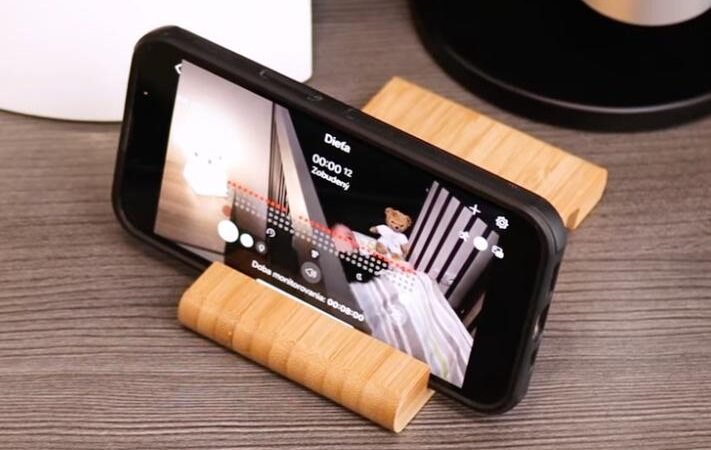

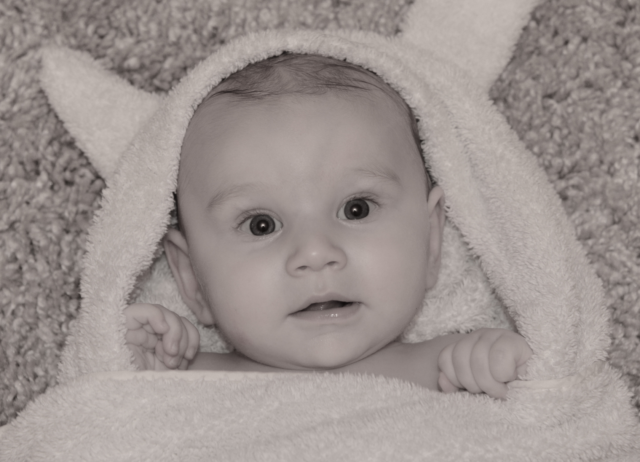
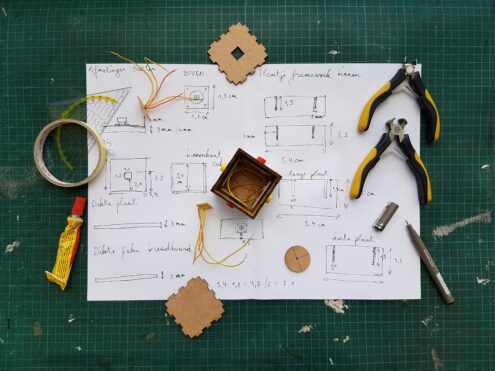
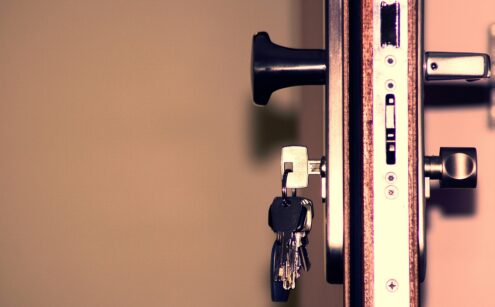




Leave a Reply